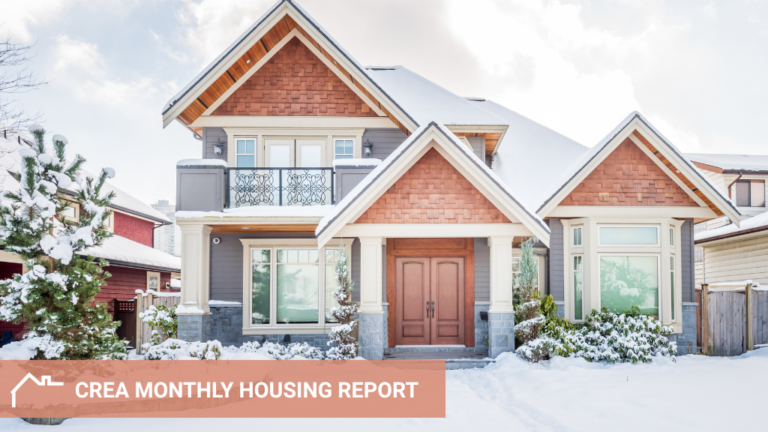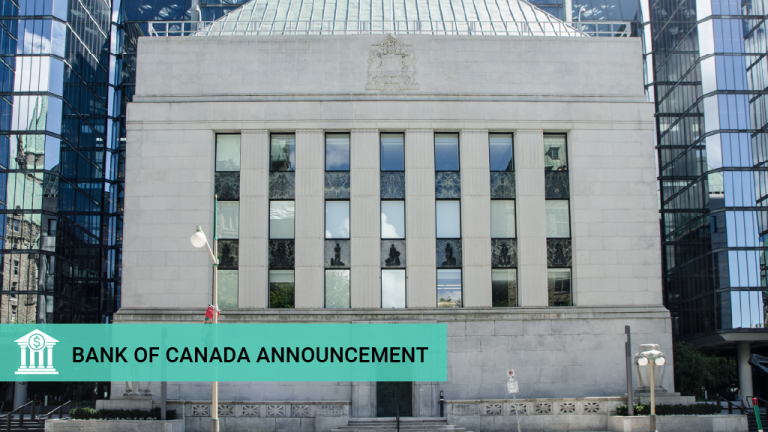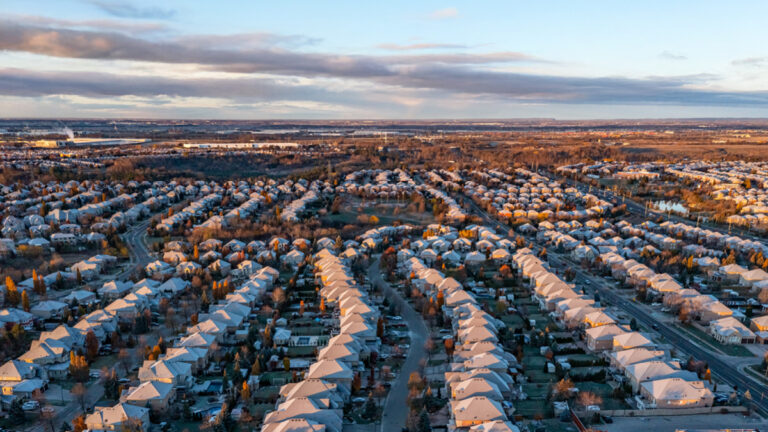
Since the Bank of Canada started dropping interest rates earlier this year, some real estate buyers have been taking advantage of lower mortgage borrowing costs. While this has yet to spark a big jump in activity in the winter recreational market, a few more rate drops could be all it takes to get things moving as consumer confidence picks up.
According to the Royal LePage 2024 Winter Recreational Property Report published today, the median price of a single-family detached home in Canada’s recreational ski regions1 will increase 7.5% over the next 12 months to $1,019,960. This forecast is based on the expectation that interest rates will continue to decline in the first half of 2025, coaxing buyers back to the market as consumer confidence improves.
“Though a portion of recreational homebuyers do not use traditional financing methods – either because they buy in cash or utilize equity from their primary residence – many use the trajectory of interest rates as a gut check for how the economy is performing and whether or not they should take the plunge into buying that dream vacation home,” said Phil Soper, president and chief executive officer, Royal LePage. “With the Bank of Canada expected to make additional cuts to the overnight lending rate over the next several months, consumers will feel increasingly confident about pulling the trigger on that winter cabin or mountain chalet purchase. This will result in upward pressure on prices, especially in supply-strapped markets.”
Recreational home prices plateaued in 2024
Nationally in the first nine months of the year, the median price of a single-family detached home remained flat, decreasing a modest 0.4% year over year to $948,800. This specific segment of the market mirrors trends seen in urban markets across the country, which have posted stagnant buying and selling activity amidst higher borrowing costs. Activity and prices are expected to regain momentum in 2025, as lending conditions continue to improve.
“Much like the mainstream urban housing market, sales activity in Canada’s recreational regions has been treading water over the past year. The time it takes to sell a property has been longer than normal over the past year; what we call ‘days on market.’ Yet, recreational home prices have remained stable as low supply balanced sluggish buyer demand,” said Soper. “This is a testament to the resilience of the winter recreational segment, even under the pressure of the 2023-2024 high interest rate environment, which has caused many buyers in all areas of the market to pull back from their purchase plans.”
Buyers yet to be enticed by lower interest rates
In June 2024, the Bank of Canada lowered its target for the overnight lending rate by 25 basis points to 4.75%, marking the end of a two-decade high. Since then, the overnight rate has decreased three additional times, dropping to 3.75% for the first time in two years.2
Despite the long-awaited cuts to borrowing costs, reaction to decreased interest rates has been modest thus far in the recreational real estate segment. When asked how lower interest rates have impacted demand in their region in recent months, 75% of Royal LePage recreational property experts reported similar demand to last year in their respective markets; 19% of experts reported more demand.
“Although recreational property owners are less likely to have a monthly mortgage payment when compared to owners in cities, the impact of elevated rates these past two years have not left them unscathed. Many cabin and chalet buyers have a mortgage on their primary residence, which has left some cash-strapped and hesitant to move forward on the purchase of a vacation home. In some cases, owners and investors have had to downsize or offload recreational homes. In a time when short-term rentals are facing increasingly stringent regulatory measures, leasing your winter property to offset expenses is not the straightforward solution it once was,” said Soper. “With rates falling, we foresee that buyers who have been waiting on the sidelines will start to get serious again as soon as market competition heats up.”
The Bank of Canada is widely expected to cut its key lending rate again at the next announcement on December 11th.
Read Royal LePage’s 2024 Winter Recreational Property Report for national and regional insights.
Highlights from the national release:
- More than one-third (38%) of Royal LePage recreational property market experts reported a surge of inquiries from clients when changes to capital gains tax were announced.
- Two thirds (69%) of Royal LePage recreational property experts across the country reported similar demand in their respective regions for recreational homes, and an increase in inventory (63%) compared to 2023; 75% of experts reported an increase in the average number of days on market.
- Effects of climate change continue to create drier and hotter conditions, increasing reliance on snow-making technologies for winter resorts.
1Median price and sales data for 18 popular ski regions across Canada was compiled and analyzed by Royal LePage for the periods between January 1, 2024 and September 30, 2024, and January 1, 2023 and September 30, 2023. Data was sourced through local brokerages and boards in each of the surveyed regions. 2023 price data may vary from the 2023 Winter Recreational Property Report as a result of updated transaction records from local real estate boards and a modified timeframe.
2Bank of Canada makes supersized 50 basis point cut to overnight lending rate, Royal LePage, October 2024





